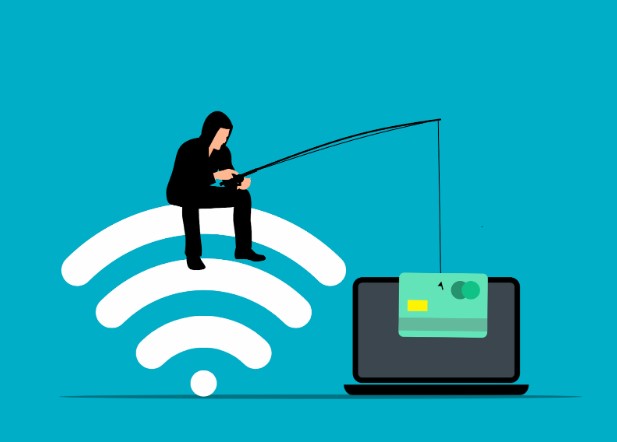Scams and frauds are becoming more prevalent than ever before. With the constant advancements in technology, scammers are finding new ways to trick innocent people into giving away their personal information or money. These scam attacks can happen through various channels such as emails, phone calls, text messages, and even social media platforms. Individuals need to be aware of the warning signs of a potential scam attack and know how to respond appropriately. This guide will explore the key warning signs of a scam attack and offer valuable tips on how to respond effectively in such situations.

Common Types of Scam Attacks
There are numerous types of scam attacks that individuals should be aware of to protect themselves from falling victim. One common type is phishing scams, where scammers send fraudulent emails or messages impersonating a legitimate organization to obtain personal information such as passwords and credit card details. Another type is the grandparent scam, where scammers pretend to be a family member in distress and ask for money to be wired immediately. Other common types include tech support scams, sweepstakes scams, and fake charity scams. Stay informed about these different types of scam attacks so that you can recognize them when they occur.
Steps to Take if You Suspect a Scam Attack
If you suspect that you have been targeted by a scam attack, take immediate action. First, do not respond or engage with the scammer in any way. This will only give them more opportunities to deceive you and potentially steal your personal information. Instead, report the incident to the appropriate authorities, such as your local police department and the Federal Trade Commission (FTC). You can also choose incogni.com for data protection or seek help from a reputable anti-fraud organization. Monitor your financial accounts closely for any suspicious activity and consider placing a fraud alert on your credit report.
Red Flags to Watch Out For
There are certain red flags that individuals should watch out for to protect themselves from potential scam attacks. These include receiving unexpected or unsolicited messages asking for personal information, demands for immediate payment or threats of consequences, offers that seem too good to be true, and the use of urgent language or emotional manipulation. Be cautious of any requests for wire transfers or gift card payments, as these are common methods used by scammers to obtain money without leaving a trace. If you encounter any of these red flags, it is best to err on the side of caution and not engage with the sender.
The Importance of Suspicion and Vigilance
The most crucial factor in protecting yourself from scam attacks is to always be suspicious and vigilant. Scammers are constantly evolving their tactics, making it difficult to anticipate every possible scenario. By staying alert and questioning any unexpected or unusual messages or requests, you can significantly reduce your chances of falling victim to a scam attack. Educate yourself on the latest scams and warning signs, as well as staying updated on security measures recommended by experts. Suspicion and vigilance go hand in hand when it comes to safeguarding against scam attacks, so make sure to stay informed and trust your instincts.

How to Verify the Authenticity of Requests or Offers
In addition to being suspicious and vigilant, verify the authenticity of any requests or offers that you receive. This can help you determine whether it is a legitimate communication or a scam attack. One way to do this is by researching the sender or organization online. Look for reviews, complaints, and other information that can help validate their legitimacy. You can also directly contact the company or individual through a verified phone number or email address to confirm the request or offer. Never provide personal information without verifying its authenticity first. Taking these extra steps can help protect you from falling victim to a scam attack.
Resources for Reporting and Seeking Help in Scam Situations
There are various resources available for reporting scams and seeking assistance in these situations. The FTC has a website dedicated to providing information on how to report scams and frauds, as well as tips on protecting yourself from them. You can also contact your local police department or visit the FBI’s Internet Crime Complaint Center (IC3) website. There are organizations such as the National Consumers League that offer support and resources for those who have fallen victim to scam attacks.
Scam attacks are an unfortunate reality today. Individuals need to be vigilant and aware of the warning signs to protect themselves. By staying informed and following this guide, individuals can respond effectively to potential scams. When in doubt, err on the side of caution and seek help from reputable resources. Stay safe and informed!






